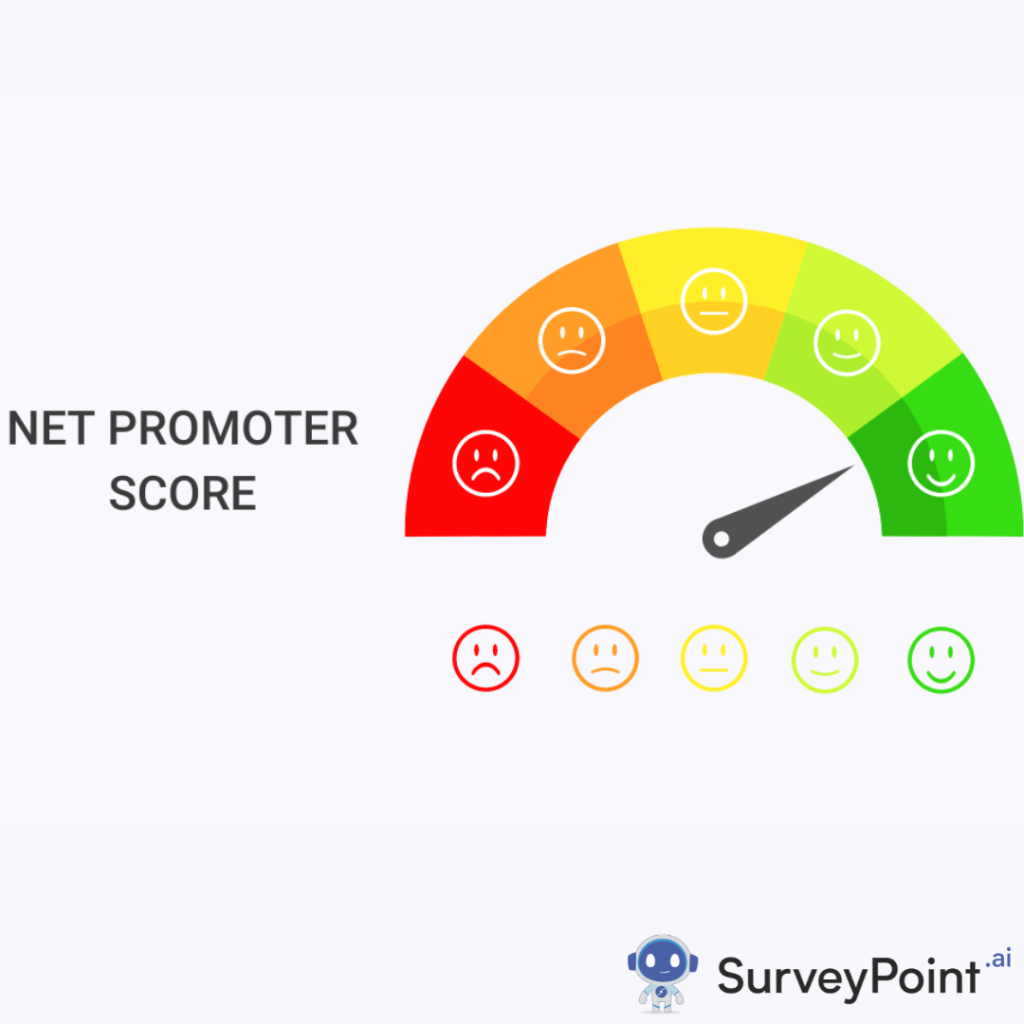
In today’s hyper-competitive market, customer loyalty has become a crucial pillar for business success. Companies are no longer focused solely on acquiring new customers; instead, they are recognizing the immense value of retaining existing ones. Customer loyalty analysis plays a vital role in understanding how well a business can foster long-term relationships with its clients. This blog will explore the importance of customer loyalty, the metrics used to analyze it, effective methods, challenges faced, and best practices to enhance loyalty.
Understanding Customer Loyalty
Definition of Customer Loyalty
Customer loyalty is defined as a customer’s commitment to repurchase or continue using a brand’s products or services over time. It reflects a deep-rooted connection between the customer and the brand, often driven by satisfaction, trust, and emotional attachment.
Types of Customer Loyalty
- Behavioral Loyalty: This type is observed through repeat purchases. Customers demonstrate behavioral loyalty by consistently buying from the same brand, often influenced by convenience, rewards, or satisfaction.
- Attitudinal Loyalty: This reflects the emotional connection and positive perception a customer has towards a brand. Attitudinally loyal customers are more likely to advocate for the brand, even in the absence of tangible benefits.
Why Customer Loyalty Matters
Impact on Revenue and Profitability
Retaining loyal customers is significantly more profitable than acquiring new ones. Research indicates that increasing customer retention by just 5% can boost profits by 25% to 95%. Loyal customers tend to spend more, often leading to higher average order values.
Cost-Effectiveness of Retaining Customers
Acquiring new customers is costly, involving marketing expenses, discounts, and promotional offers. On the other hand, loyal customers require less investment to retain, as they are already familiar with the brand and more likely to respond positively to engagement efforts.
Brand Advocacy and Word-of-Mouth Marketing
Loyal customers often become brand advocates, recommending products to friends and family. Word-of-mouth marketing is a powerful tool, as consumers trust recommendations from people they know more than traditional advertising.
Key Metrics for Analyzing Customer Loyalty
To effectively measure customer loyalty, businesses should focus on several key metrics:
1. Net Promoter Score (NPS)
NPS measures customer satisfaction and loyalty based on their likelihood to recommend the brand. It classifies customers into promoters, passives, and detractors, providing insight into overall customer sentiment.
2. Customer Lifetime Value (CLV)
CLV represents the total revenue a business can expect from a customer over their entire relationship. By understanding CLV, businesses can tailor marketing strategies to maximize long-term profitability.
3. Repeat Purchase Rate
This metric tracks the percentage of customers who make multiple purchases within a specific timeframe. A high repeat purchase rate indicates strong customer loyalty and satisfaction.
4. Customer Retention Rate
This measures the percentage of customers who continue to engage with the brand over a specified period. High retention rates are indicative of effective loyalty strategies.
Methods of Customer Loyalty Analysis
Businesses can employ various methods to analyze customer loyalty:
1. Surveys and Feedback Mechanisms
Regular customer surveys can provide valuable insights into satisfaction and loyalty levels. Tools like Google Forms or SurveyMonkey make it easy to gather feedback on customer experiences.
2. Cohort Analysis
Cohort analysis involves grouping customers based on shared characteristics or behaviors to track their engagement over time. This method helps identify trends and areas for improvement.
3. Behavioral Analysis
Studying customer purchase patterns, including frequency and timing, can reveal insights into loyalty drivers. Analyzing data from CRM systems can help businesses understand customer behavior better.
4. Predictive Analytics
Using historical data, businesses can employ predictive analytics to forecast future customer behaviors and preferences. This approach enables proactive engagement strategies to enhance loyalty.
Tools and Technologies for Customer Loyalty Analysis
A variety of tools are available to assist businesses in analyzing customer loyalty effectively:
1. CRM Systems
Customer Relationship Management (CRM) systems, such as Salesforce or HubSpot, help manage customer interactions and track engagement, providing a comprehensive view of customer relationships.
2. Data Analytics Platforms
Tools like Google Analytics or Tableau offer insights into customer behavior, allowing businesses to analyze trends and identify opportunities for enhancing loyalty.
3. Loyalty Program Software
Dedicated loyalty program software, such as Smile.io or LoyalyLion, helps businesses design and manage loyalty programs effectively, tracking customer participation and rewards.
4. Customer Feedback Tools
Platforms like Trustpilot and Qualtrics enable businesses to collect and analyze customer feedback, offering insights into satisfaction and areas for improvement.
Challenges in Customer Loyalty Analysis
Despite its advantages, customer loyalty analysis presents several challenges:
1. Data Quality and Accuracy
Inaccurate or incomplete data can lead to misguided insights, making it essential for businesses to ensure data integrity through regular audits and updates.
2. Understanding Customer Segments
Differentiating between various customer segments and their loyalty drivers can be complex. A one-size-fits-all approach may not effectively address the diverse needs of different customer groups.
3. Integrating Data from Various Sources
Consolidating data from multiple channels, including online and offline interactions, can be challenging. Businesses must develop strategies to integrate data seamlessly for a comprehensive view of customer loyalty.
Case Studies of Successful Customer Loyalty Programs
Analyzing successful loyalty programs can provide valuable insights for businesses looking to enhance their customer loyalty strategies:
1. Starbucks
Starbucks’ loyalty program, Starbucks Rewards, offers personalized rewards based on customer preferences and purchase history. This approach not only enhances customer engagement but also drives repeat purchases.
2. Amazon
Amazon Prime is a prime example of a successful loyalty program that fosters deep customer loyalty through added value. The benefits of free shipping, exclusive deals, and access to content create strong incentives for customers to remain loyal.
3. Sephora
Sephora’s Beauty Insider program employs a tiered rewards system that encourages repeat purchases. By offering exclusive access to products and personalized experiences, Sephora effectively enhances customer loyalty.
Best Practices for Enhancing Customer Loyalty
To cultivate strong customer loyalty, businesses should adopt the following best practices:
1. Creating Value through Personalization
Tailoring offerings based on customer preferences can significantly enhance loyalty. Personalization can be achieved through targeted marketing, customized recommendations, and loyalty rewards aligned with customer interests.
2. Building Emotional Connections
Engaging customers on an emotional level fosters stronger bonds. Brands can achieve this through storytelling, community involvement, and creating memorable experiences that resonate with customers.
3. Continuous Engagement Strategies
Regular communication and engagement can keep your brand top-of-mind. Utilizing email marketing, social media, and loyalty programs to maintain contact helps nurture relationships over time.
Conclusion
Customer loyalty analysis is essential for businesses looking to thrive in competitive markets. By understanding the metrics, methods, and best practices associated with customer loyalty, companies can create lasting relationships with their customers. As businesses embrace advanced analytics and technology, the future of customer loyalty analysis will continue to evolve, providing even deeper insights and more personalized experiences. Investing in customer loyalty not only enhances retention but also drives sustainable growth, ensuring a prosperous future for brands committed to their customers.




